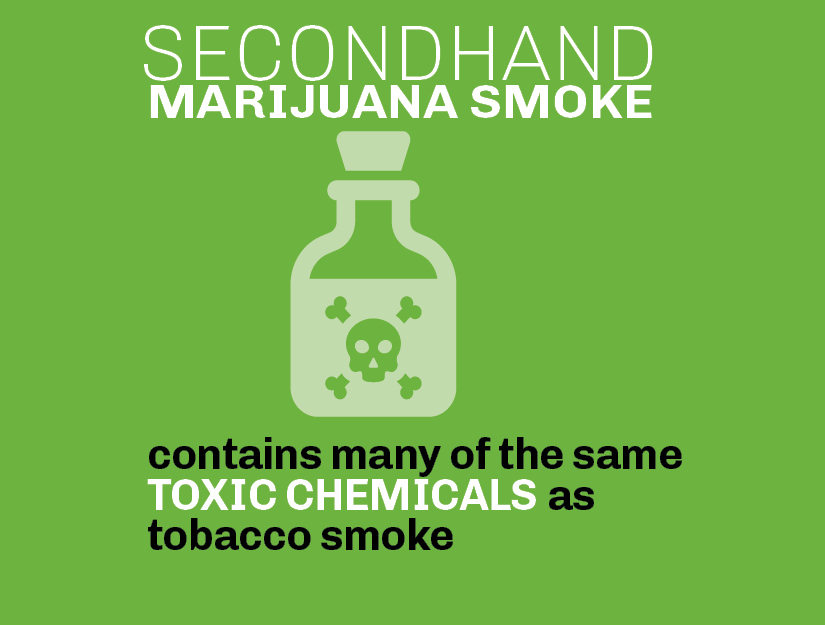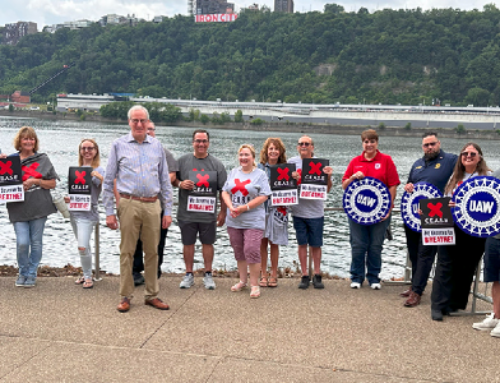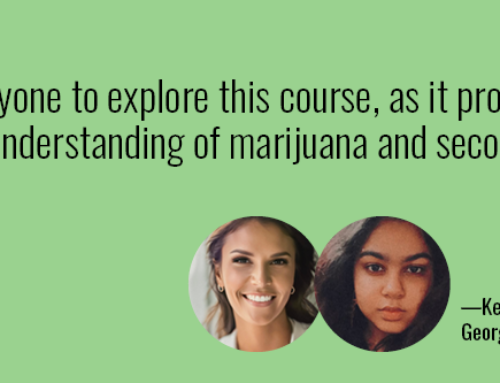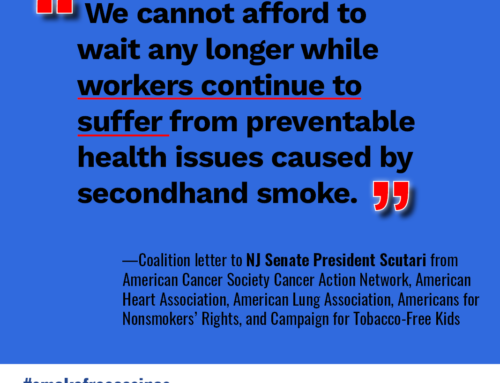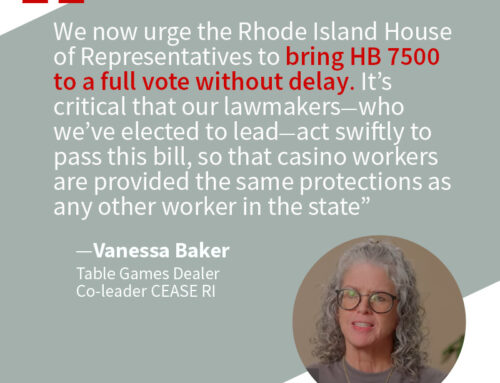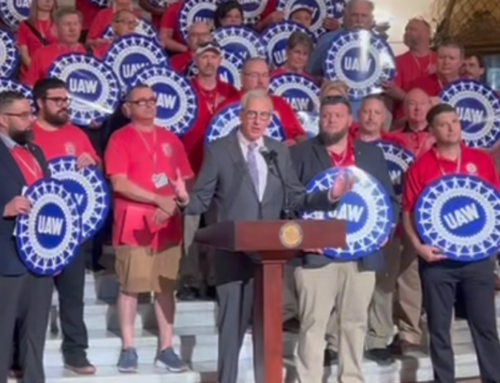ROLLING BACK SMOKEFREE PROTECTIONS
As reported previously, we are seeing many attempts to weaken state and local smokefree laws to expand where marijuana smoking and vaping is allowed, even in places like Berkeley, CA, that have been leaders in smokefree air and other tobacco-related policies, and Colorado, which was an early adopter of smokefree casinos to protect worker and patron health. However, both Berkeley and Colorado are among the first locations to make concessions to allow on-site indoor marijuana use.
The marijuana industry’s growing money and influence is creating a whole new industry that promises that the legalization of recreational/adult use marijuana will create new sources of revenue for cities and states, in part by creating mass commercialization of cannabis products, preferably by allowing on-site use at retail establishments, dispensaries, and other social venues including bars, restaurants, yoga studios, and more.
This expansion of smoking and vaping marijuana for recreational purposes—and the associated increased exposure to secondhand marijuana smoke—has real and immediate impacts on worker and public health.
Smoke is Still Smoke
Despite our smokefree successes, 39% of the U.S. population is still not protected by a smokefree workplace, restaurant, and bar law. As states with these smokefree laws legalize recreational marijuana use, those protections are at risk. For states that are not yet smokefree, adopting these important workplace protections will be even more challenging due to new opposition from the marijuana industry and its proponents.
ANR strongly encourages all cities and states to include marijuana and/or cannabis as a product that cannot be smoked or vaped in smokefree environments. This will provide useful protections when marijuana is legalized; however, we are still seeing that very strong smokefree laws are being manipulated or rolled back to increase the number of spaces where people can use marijuana indoors.
Some challenges for tobacco control advocates include:
•Difficulty engaging on marijuana: some health departments, grantees, or community based partners don’t have permission or support to work on marijuana issues. Often, these issues are charged to divisions other than tobacco control. Other times, there may be trepidation talking about marijuana because it’s seen as controversial or outside their expertise.
•People who bring up concerns about marijuana use or exposure, including protecting existing smokefree rules and regulations, are often branded as radicals who are just repeating outdated ‘reefer madness’ tropes, rather than raising real public health concerns.
•Misinformation and lack of awareness—by the general public, by lawmakers, by marijuana proponents—which is driven by claims that there is little evidence and science that secondhand marijuana smoke is harmful.
Tobacco control professionals and nonsmokers’ rights advocates can use the evidence collected thus far to advocate for protecting and/or expanding smokefree indoor air laws to include smoking and vaping of tobacco, nicotine, and marijuana products. Engaging in marijuana can be framed through the lens of protecting workers and the public from exposure to all types of secondhand smoke and aerosol in smokefree spaces. Instead of weakening smokefree indoor air laws, communities should instead discuss the possibility of creating acceptable outdoor areas for public consumption of marijuana, similar to how outdoor tobacco use is permitted. It could be helpful to create outdoor spaces that could both meet the access and safety needs of marijuana consumers, while also reducing exposure to drifting smoke to protect public health.
We do not want to see communities adopt laws that promote marijuana business interests above the imperative to protect public health.
See our resource page for more information about marijuana.
See more about the respiratory risks from secondhand smoke and COVID-19.

